Intro
Learn effective treatments for chemical burns, including wound care, pain management, and scar prevention, to promote healing and minimize damage from acid, alkaline, and toxic exposures.
Chemical burns are a type of injury that can occur when the skin or eyes come into contact with a corrosive substance, such as a strong acid or base. These burns can be extremely painful and can cause significant damage to the affected area, including scarring, disfigurement, and even long-term health problems. It is essential to treat chemical burns effectively and promptly to minimize the damage and promote healing. In this article, we will discuss the importance of treating chemical burns, the different types of chemical burns, and the most effective treatment methods.
Chemical burns can occur in various settings, including the workplace, at home, or in laboratories. They can be caused by a wide range of substances, including cleaning products, industrial chemicals, and even some types of medications. The severity of a chemical burn depends on several factors, including the type and concentration of the substance, the duration of exposure, and the area of the body affected. It is crucial to seek medical attention immediately if you or someone you know has suffered a chemical burn.
The first step in treating a chemical burn is to remove the affected individual from the source of the burn and to remove any contaminated clothing or jewelry. This is crucial in preventing further damage and promoting healing. Next, the affected area should be flushed with cool or lukewarm water to remove any remaining chemical residue. It is essential to avoid using hot water, as this can activate the chemical and cause further damage. Additionally, it is crucial to avoid using ice or ice water, as this can cause further tissue damage.
TreatmentMethods for Chemical Burns

There are several treatment methods for chemical burns, depending on the severity and location of the burn. For minor chemical burns, treatment may involve applying a topical cream or gel to the affected area to help neutralize the chemical and promote healing. In more severe cases, medical attention may be necessary to provide further treatment, such as debridement, which involves removing dead tissue from the affected area. In some cases, surgery may be necessary to repair damaged tissue and promote healing.
Types of Chemical Burns
Chemical burns can be classified into several types, depending on the substance that caused the burn. Alkali burns, for example, are caused by substances with a high pH level, such as lye or ammonia. These burns can be particularly severe, as they can penetrate deep into the tissue and cause significant damage. Acid burns, on the other hand, are caused by substances with a low pH level, such as sulfuric acid or hydrochloric acid. These burns can also be severe, but they tend to be more superficial than alkali burns.Prevention and Safety Measures
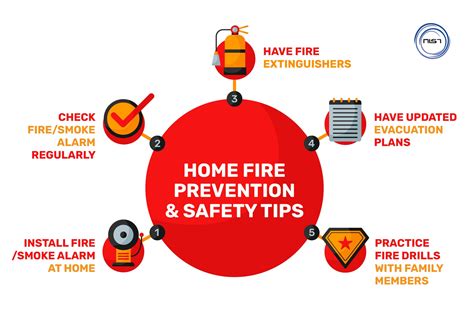
Prevention and safety measures are essential in preventing chemical burns. This includes wearing protective clothing, such as gloves and goggles, when handling chemicals, and following proper safety protocols when working with chemicals. It is also essential to ensure that chemicals are stored and disposed of properly, and that warning labels are clearly visible. Additionally, it is crucial to have a plan in place in case of an emergency, including having a first aid kit on hand and knowing how to respond to a chemical burn.
Emergency Response
In the event of a chemical burn, it is essential to respond quickly and effectively. This includes removing the affected individual from the source of the burn, removing contaminated clothing and jewelry, and flushing the affected area with cool or lukewarm water. It is also essential to call for medical help immediately, as prompt treatment is crucial in minimizing damage and promoting healing. Additionally, it is essential to provide as much information as possible to medical responders, including the type and concentration of the substance, the duration of exposure, and the area of the body affected.Treatment Options for Chemical Burns
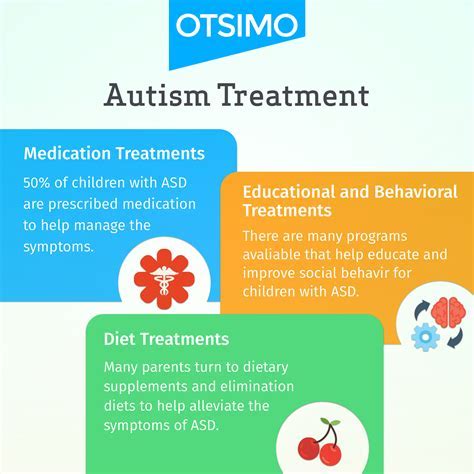
There are several treatment options for chemical burns, depending on the severity and location of the burn. These include topical creams and gels, debridement, and surgery. Topical creams and gels can help neutralize the chemical and promote healing, while debridement can help remove dead tissue and promote healing. Surgery may be necessary to repair damaged tissue and promote healing. Additionally, pain management and wound care are essential in promoting healing and minimizing scarring.
Wound Care and Pain Management
Wound care and pain management are essential in promoting healing and minimizing scarring. This includes keeping the wound clean and dry, applying topical creams and gels as directed, and taking pain medication as needed. It is also essential to follow up with a healthcare provider to ensure that the wound is healing properly and to address any concerns or complications.Chemical Burn Prevention in the Workplace
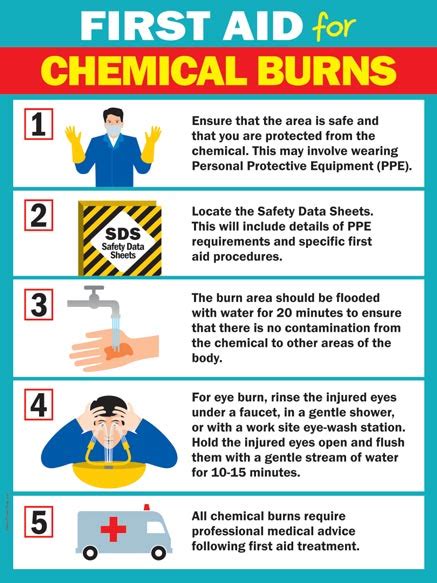
Chemical burn prevention is essential in the workplace, where chemicals are often used and handled. This includes providing employees with proper training and equipment, ensuring that chemicals are stored and disposed of properly, and having a plan in place in case of an emergency. Employers should also ensure that employees are aware of the risks associated with chemical burns and know how to respond in case of an emergency.
Chemical Burn Prevention at Home
Chemical burn prevention is also essential at home, where chemicals are often used for cleaning and other purposes. This includes storing chemicals in a safe and secure location, following the instructions on the label, and wearing protective clothing when handling chemicals. It is also essential to keep chemicals out of reach of children and pets, and to have a plan in place in case of an emergency.Chemical Burn Statistics and Facts
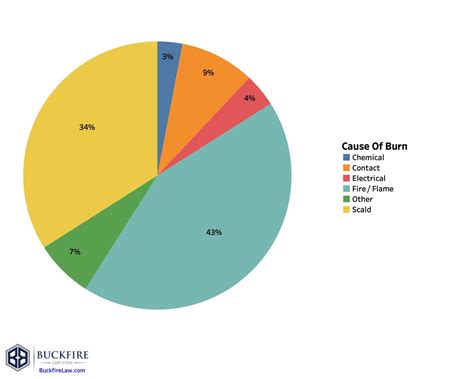
Chemical burns are a significant public health concern, with thousands of people affected each year. According to the American Burn Association, chemical burns account for approximately 3% of all burn injuries in the United States. The majority of chemical burns occur in the workplace, where chemicals are often used and handled. However, chemical burns can also occur at home, where chemicals are often used for cleaning and other purposes.
Chemical Burn Research and Development
Research and development are ongoing to improve treatment options for chemical burns. This includes the development of new topical creams and gels, as well as new surgical techniques. Additionally, researchers are working to improve our understanding of the mechanisms of chemical burns, which will help to develop more effective treatment options.Chemical Burn Support and Resources
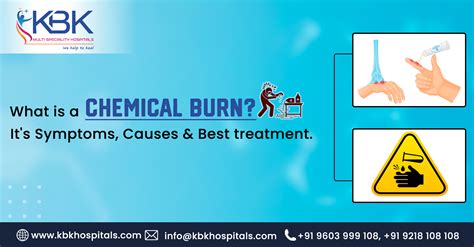
There are several support and resources available for individuals who have suffered a chemical burn. This includes support groups, counseling services, and online resources. The American Burn Association, for example, provides a range of resources and support services for burn survivors, including a national burn registry and a burn support group. Additionally, there are several online resources available, including the National Institute of Health and the Centers for Disease Control and Prevention.
Chemical Burn Awareness and Education
Chemical burn awareness and education are essential in preventing chemical burns. This includes educating individuals about the risks associated with chemical burns, as well as providing information on how to prevent and treat chemical burns. Employers, for example, should provide employees with proper training and equipment to handle chemicals safely. Additionally, individuals should be aware of the risks associated with chemical burns and know how to respond in case of an emergency.What are the symptoms of a chemical burn?
+The symptoms of a chemical burn can vary depending on the severity and location of the burn. Common symptoms include pain, redness, and blistering. In severe cases, chemical burns can cause scarring, disfigurement, and long-term health problems.
How can I prevent chemical burns?
+Chemical burns can be prevented by taking proper safety precautions when handling chemicals. This includes wearing protective clothing, following the instructions on the label, and storing chemicals in a safe and secure location.
What should I do if I suffer a chemical burn?
+If you suffer a chemical burn, it is essential to respond quickly and effectively. This includes removing the affected individual from the source of the burn, removing contaminated clothing and jewelry, and flushing the affected area with cool or lukewarm water. It is also essential to call for medical help immediately.
We hope that this article has provided you with a comprehensive understanding of chemical burns, including the importance of treating chemical burns, the different types of chemical burns, and the most effective treatment methods. Remember, chemical burns can be prevented by taking proper safety precautions when handling chemicals, and prompt treatment is crucial in minimizing damage and promoting healing. If you or someone you know has suffered a chemical burn, it is essential to seek medical attention immediately. Additionally, we encourage you to share this article with others to help raise awareness about chemical burns and how to prevent and treat them. By working together, we can reduce the incidence of chemical burns and promote a safer and healthier environment for everyone.
